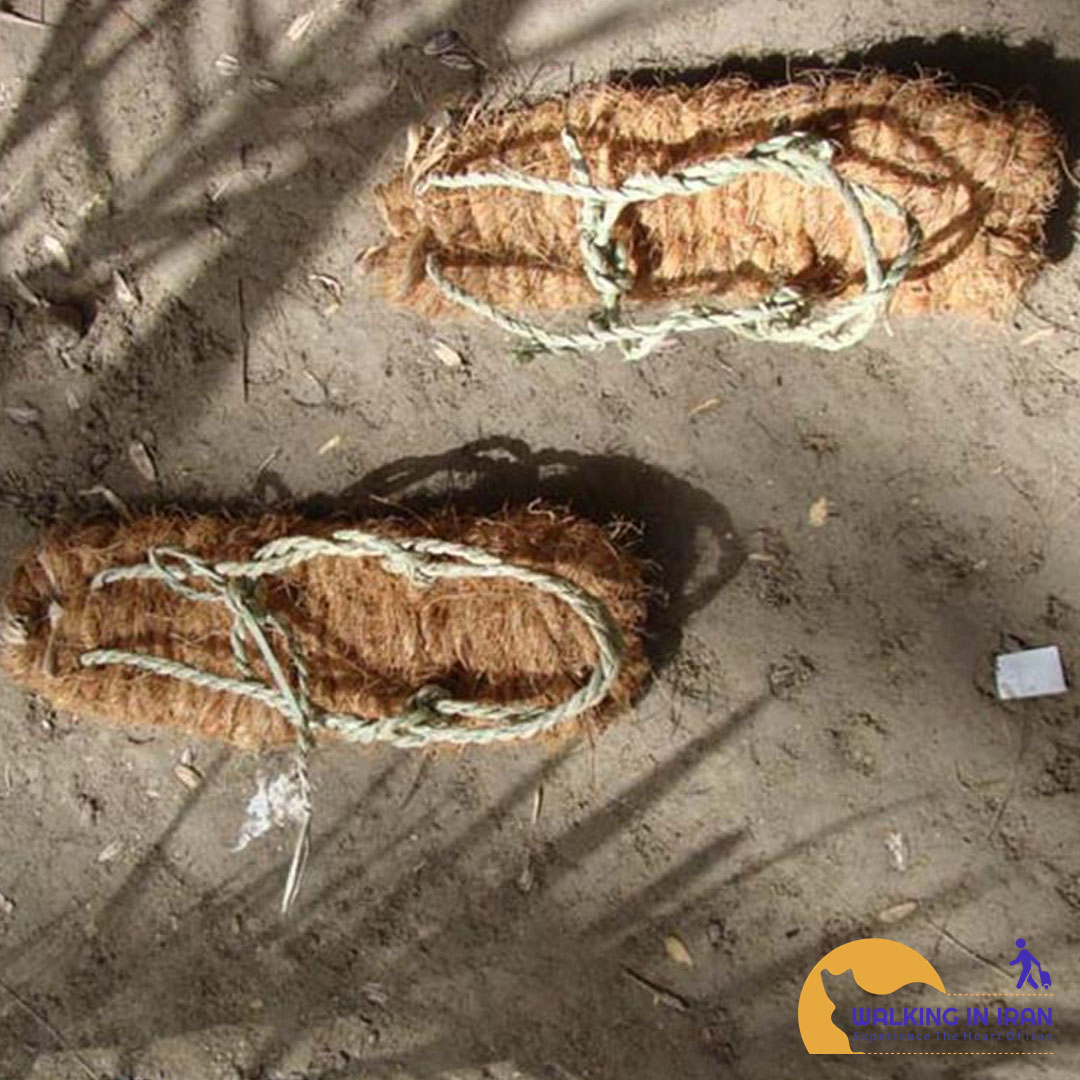Suvas weaving art: a heritage from Hormozgan groves
Suvas weaving is one of the most valuable handicrafts native to Hormozgan province. This art is woven using the leaves of the palm tree, especially the wild palm, a very strong and durable type of clog called Suas. In the past, Suas were used as foot coverings in hot and dry areas, and today they are still known as a valuable handicraft and a symbol of Hormozgan culture.
The history of weaving
Suvas weaving art is rooted in the history and culture of Hormozgan people. From the distant past, the people of this area have been trying to make daily life items, including Suas, by using the natural resources around them, including palm leaves. Due to their high resistance to wear and moisture, the Suas were very useful in the harsh weather conditions of southern Iran.
Suvas weaving raw materials
The main and important material of this art is the leaves of the wild palm tree. After harvesting, these leaves are dried and then turned into thin strings. These fields are called “Chilk” in the local dialect.
Suvas weaving process
The process of making a Suas is very precise and time-consuming and includes the following steps:
- Harvesting palm leaves: Wild palm leaves are separated from the tree and after cleaning, they are cut into the desired pieces.
- Preparation of Chilk: The cut leaves are turned into thin and strong strings called Chilk using simple tools.
- Sole texture: Chilks are woven together using special weaving techniques and form Suas soles.
- Upper texture: On the woven sole, using other chilks, straps are woven to cover the foot and between the toes.
Features of Suas
Suas have unique features that distinguish them from other clogs: - High resistance: Suas are very resistant and durable due to their strong texture and the use of natural materials.
- Light and comfortable: Suas are very light and do not cause leg fatigue due to their special structure.
- Thermal insulation: Suas are insulated against heat and cold and protect the feet against temperature changes.
The importance of weaving - Environmental protection: Suvasbafi uses natural resources and therefore helps to protect the environment.
- Creation of employment: As a handicraft, weaving can help create employment in rural areas.


